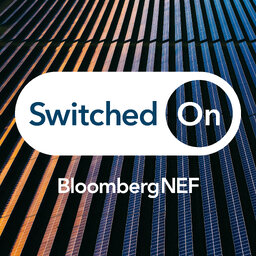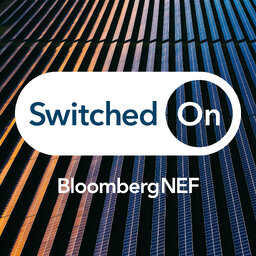Each year, BloombergNEF’s New Energy Outlook develops and evaluates scenarios for the transition to a low-carbon economy. Delving into electricity, industry, buildings and transport, this flagship report outlines sector and country transition scenarios out to 2050. On today’s show, Dana is joined by co-host Tom Rowlands-Rees, BNEF’s head of research for North America, and guest David Hostert, Head of Economics and Modeling at BNEF and lead author of the New Energy Outlook. They discuss nine technological pillars that underpin the energy transition, and consider which of these are gaining traction or stalling. They also debate the value scenario exercises bring to those working in climate and energy when charting the path to a net-zero future.
Complementary BNEF research on the trends driving the transition to a lower-carbon economy can be found at BNEF<GO> on the Bloomberg Terminal or on bnef.com
Links to research notes from this episode:
New Energy Outlook 2024 - https://about.bnef.com/new-energy-outlook/
 Switched On
Switched On


